-
 © James Mann/Classic & Sports Car
© James Mann/Classic & Sports Car -
 © Luc Lacey/Classic & Sports Car
© Luc Lacey/Classic & Sports Car -
 © Honda
© Honda -
 © Honda
© Honda -
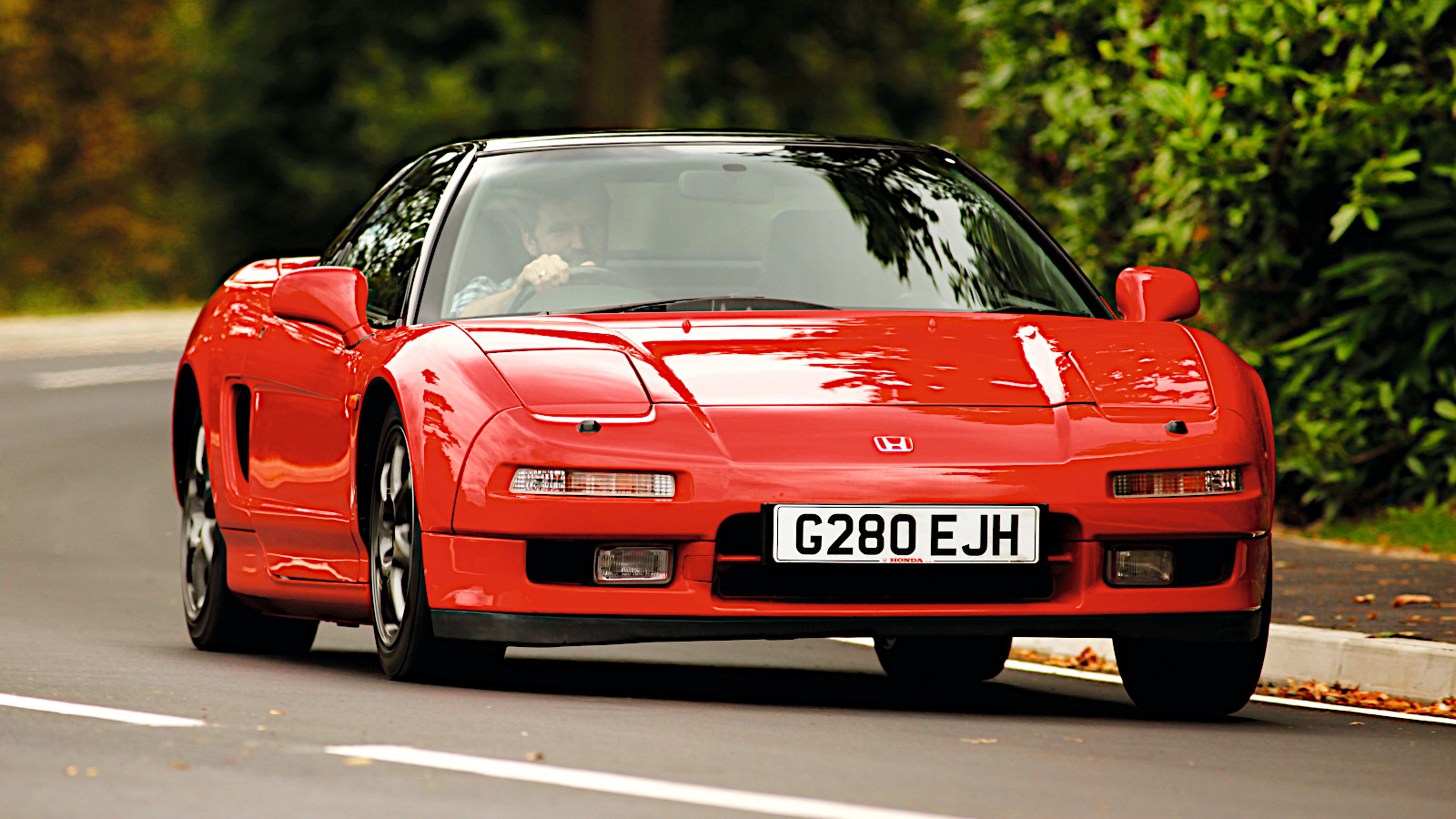 © Tony Baker/Classic & Sports Car
© Tony Baker/Classic & Sports Car -
 © Honda
© Honda -
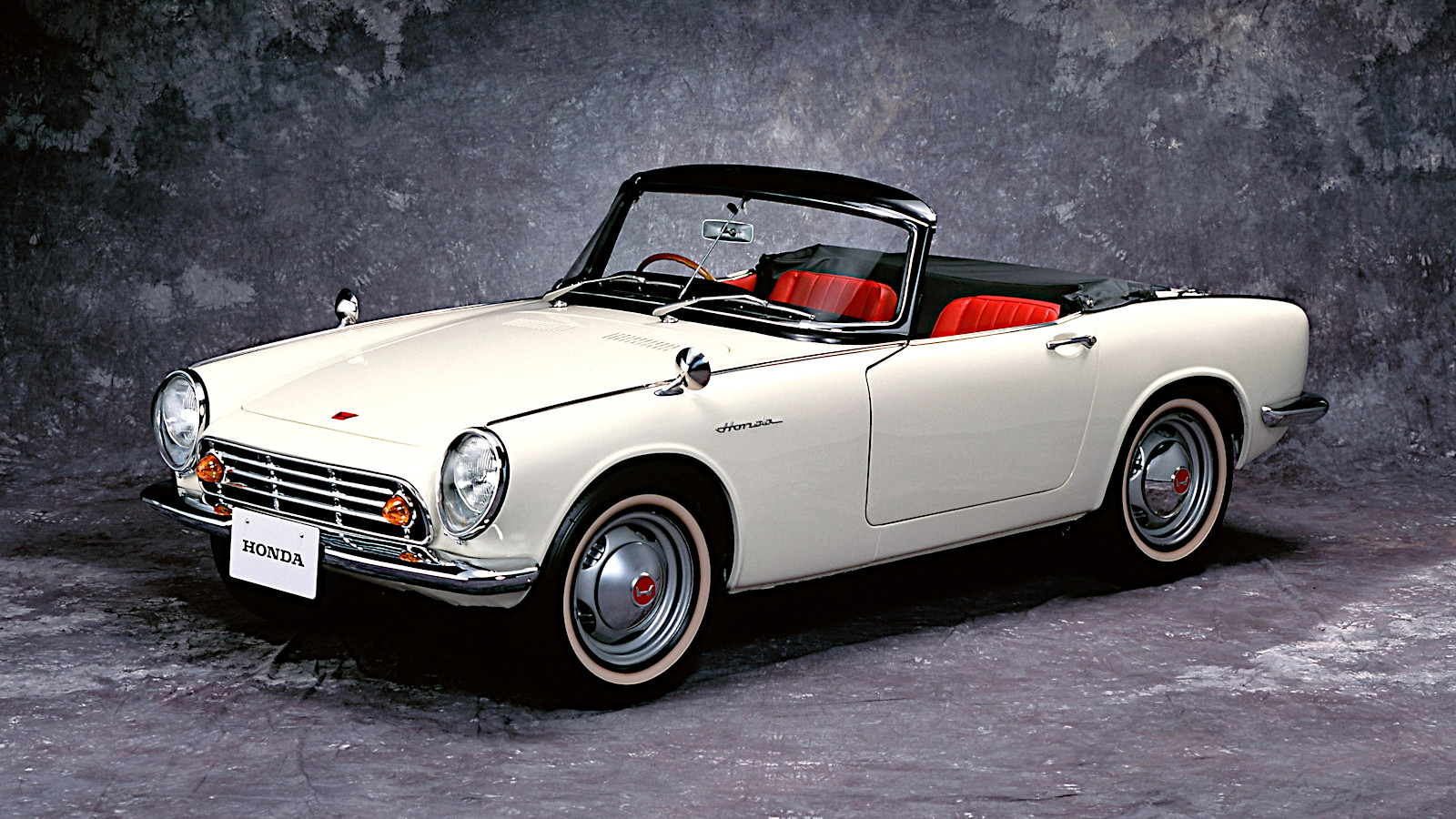 © Honda
© Honda -
 © Isuzu
© Isuzu -
 © Lexus
© Lexus -
 © Mazda
© Mazda -
 © Will Williams/Classic & Sports Car
© Will Williams/Classic & Sports Car -
 © Mazda
© Mazda -
 © Eddie Lynch/RM Auctions
© Eddie Lynch/RM Auctions -
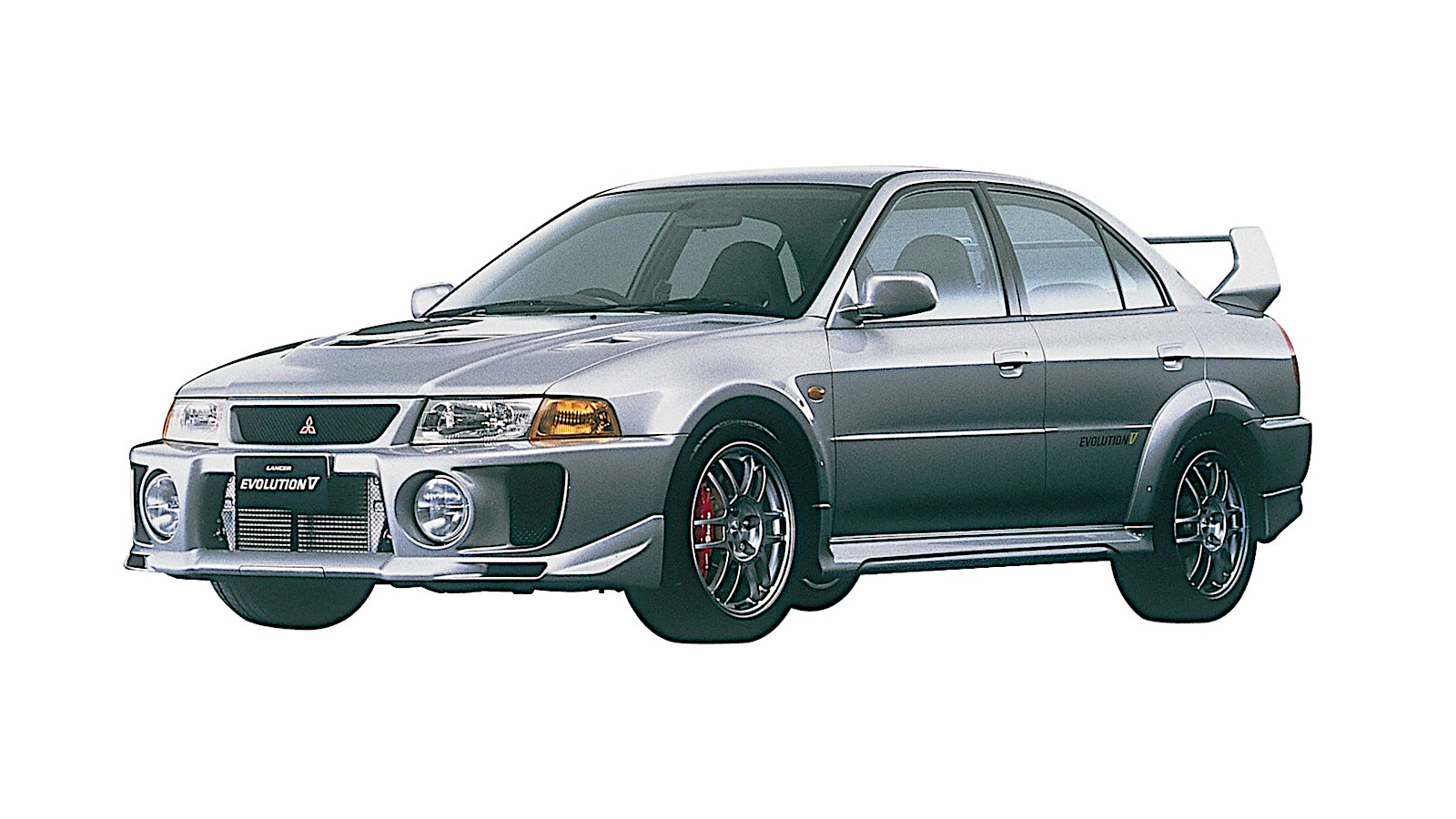 © Mitsubishi
© Mitsubishi -
 © Luc Lacey/Classic & Sports Car
© Luc Lacey/Classic & Sports Car -
 © Mitsubishi
© Mitsubishi -
 © Mitsubishi
© Mitsubishi -
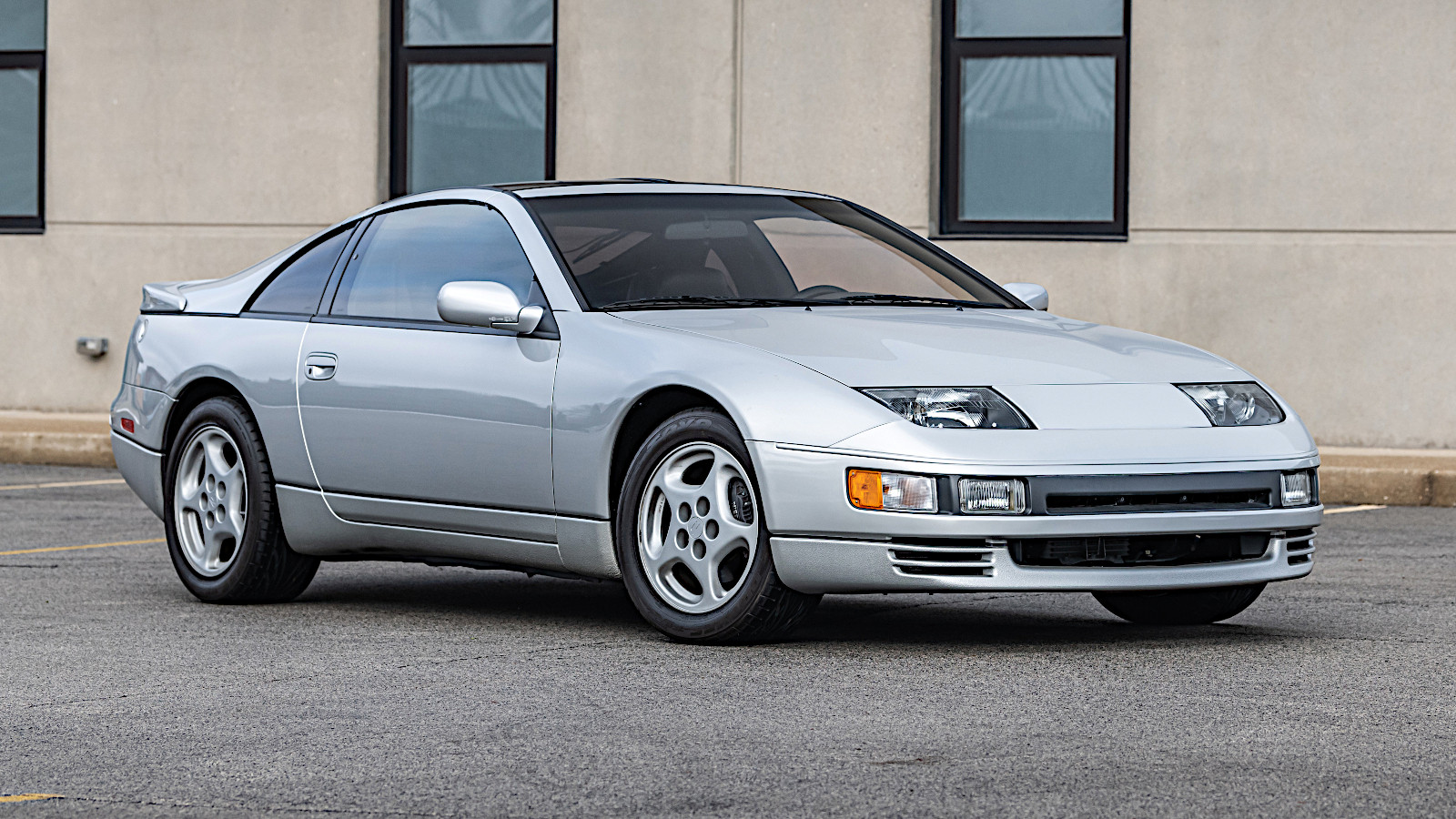 © Jeremy Cliff/RM Sotheby’s
© Jeremy Cliff/RM Sotheby’s -
 © Nissan
© Nissan -
 © Larry Chen/RM Sotheby’s
© Larry Chen/RM Sotheby’s -
 © Gtiroz/Creative Commons licence https://creativecommons.org/licenses/by-sa/4.0/legalcode
© Gtiroz/Creative Commons licence https://creativecommons.org/licenses/by-sa/4.0/legalcode -
 © RM Sotheby’s
© RM Sotheby’s -
 © Subaru
© Subaru -
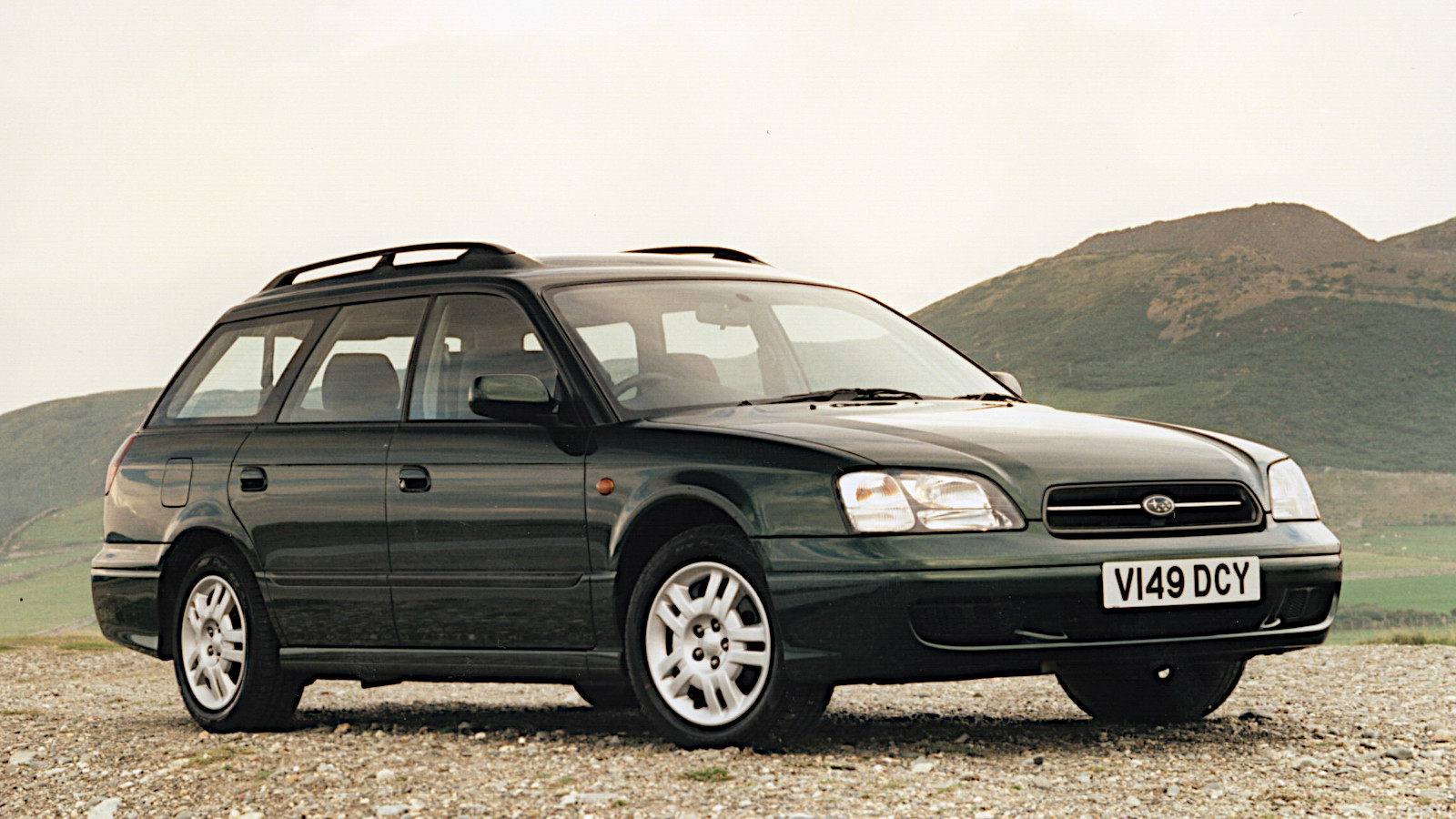 © Subaru
© Subaru -
 © Christian Bittmann/Classic & Sports Car
© Christian Bittmann/Classic & Sports Car -
 © Tennen-Gas/Creative Commons https://creativecommons.org/licenses/by-sa/3.0/legalcode
© Tennen-Gas/Creative Commons https://creativecommons.org/licenses/by-sa/3.0/legalcode -
 © Suzuki
© Suzuki -
 © Toyota
© Toyota -
 © Toyota
© Toyota -
 © Toyota
© Toyota -
 © Felix O/Creative Commons licence https://creativecommons.org/licenses/by-sa/2.0/legalcode
© Felix O/Creative Commons licence https://creativecommons.org/licenses/by-sa/2.0/legalcode -
 © Toyota
© Toyota -
 © Toyota
© Toyota -
 © Jonathan Oppenheim/RM Sotheby’s
© Jonathan Oppenheim/RM Sotheby’s -
 © Toyota
© Toyota
-
Japanese gems
Among what are now considered the major car-producing nations, Japan got into the business relatively late.
While European and North American manufacturers were already active in the 19th century, the first Japanese model, powered by steam, was not built until 1904.
The situation has changed completely in the intervening years and it’s not difficult to put together a list of highlights.
Here are 35 examples, all of which were on sale before 2000.
-
1. Datsun 240Z
Although there had been a line of cars called Datsun Sports since 1959, there was nothing to suggest that the company would build a powerful coupe until the end of the following decade.
The 240Z, known in its home market as the Nissan Fairlady Z, therefore came as a big surprise.
With a 2.4-liter straight-six engine it was certainly quick enough, and it also looked fantastic. The formula worked so well that Datsun was able to carry it forward to the 260Z and 280Z, which were essentially the same thing with bigger engines.
Changes were made eventually, but the spirit has lived on through a whole series of Z cars, right up to today’s version, which is known simply as the Nissan Z.
-
2. Honda Accord
The Honda Accord is almost an industry in its own right.
Launched in 1976, it is now in its 11th generation, and has at some periods been produced in quite different forms for different markets around the world.
Accords have also grown over the years. For example, the short-lived fourth-generation model (1992 example pictured) was substantially larger than anything that had gone before, yet considerably smaller than the one produced today.
The Accord has also performed well in motorsport. In 1996 and 1997, it won both the Japanese and the North American Touring Car championships, and was a leading contender in the British series during the same period.
-
3. Honda Civic Type R
The Civic story is even longer than that of the Accord, having begun four years earlier in 1972.
There have been Civics of many kinds, developed to meet the needs of different types of customer, but the outstanding models have been the high-performance ones wearing Type R badges.
This is mostly a 21st-century phenomenon, but it began in 1997, when a version of the third-generation Civic appeared with a screaming 1.6-liter engine which produced a phenomenal 185HP.
Impressive as it was, that Type R was the least powerful in the series, with successive generations upping the ante.
-
4. Honda NSX
As we’ll see, Honda had form with sports cars long before 1990, but at that time it had produced nothing comparable with the NSX.
The low, aerodynamic coupe had an aluminum body and a high-revving, mid-mounted 3.0-liter (later 3.2-liter) V6 engine.
That engine provided a reasonable amount of power, but the car handled so well that there was always a feeling it could take more.
With relatively minor updates, the first-generation NSX remained in production for 15 years – a remarkable run for a car of this type. It was to be another 11 years after that before Honda launched a successor.
-
5. Honda Prelude
The Prelude started out in 1978 as a slightly sportier coupe version of the Accord sedan.
Things became really interesting when the third-generation model arrived in 1987. This was the first mainstream production car with the option of four-wheel steering.
The mechanical system was most evident in sharp corners, where the car pivoted around a point just behind its center. This took some getting used to, but it was very effective.
Honda took the idea a stage further when it fitted an electronic system to the fourth-generation car four years later.
-
6. Honda S500
Well established as a manufacturer of motorcycles, Honda’s first attempt at a car was the S360, an absolute jewel of a kei roadster whose name roughly indicated the size of its engine.
The public reaction in Japan was very positive, but Honda decided the S360 would not do well in export markets.
Instead, it developed the more powerful but otherwise similar S500, which was every bit as impressive, though its 531cc engine and overall dimensions were too large for it to qualify in the kei class.
Introduced in late 1963, it was Honda’s first passenger car, and its second four-wheeler after the T360 kei pick-up truck, which went on sale a few months earlier.
-
7. Isuzu Trooper
As launched in 1981, the first Trooper was a capable but fairly basic off-roader – the sort of thing, in fact, that SUV buyers expected back in those days.
Then, 10 years later, Isuzu brought out a new Trooper (pictured), which met the requirements of an evolving market sector.
It was larger, it had more powerful engines (the largest being a 3.5-liter V6) and it was more comfortable. It was also right. While the earlier model had survived for a decade, the later one hung around for 16 years.
Confusingly, Troopers were sold around the world with many different names, marketed by Chevrolet, Holden, Honda, Subaru and Vauxhall, among other brands.
-
8. Lexus LS 400
The LS 400 was the first model produced by Toyota’s luxury division.
Straightforward, unadventurous exterior styling disguised just how effective this big sedan was.
Its most impressive feature, among many, was its 4.0-liter V8 engine, which was astonishingly smooth. Two people having a quiet conversation beside an LS 400 might not be aware that its engine was running until it pulled away unexpectedly.
This and other characteristics have continued through several generations since 1989. Although the brand has also produced SUVs and more sporting vehicles with varying degrees of success, the luxury sedan has been home territory for Lexus for more than three decades.
-
9. Mazda Cosmo
Mazda used the name Cosmo several times for very different cars from the 1960s to the 1990s.
The one we’re interested in here is the first, which was produced in two series for five years from 1967.
A visually striking two-door coupe, it was also one of the earliest cars powered by a rotary engine, though Mazda spent so long trying to prevent the rotor seal tips gouging the inner walls of the housings that it allowed NSU to reach the market first with its Spider.
Despite these and other difficulties, Mazda became the only major manufacturer to take rotary engines seriously for many years. And it all started with the Cosmo.
-
10. Mazda Miata
The once-popular concept of the small, front-engined, rear-wheel-drive roadster was almost dead in the water before Mazda revived it with the Miata.
Introduced in 1989 (and known in some markets as the MX-5 or the Eunos), it was an immediate hit, and not just because Mazda had rediscovered a customer base other manufacturers had ignored or forgotten about.
The Miata was also beautifully built and fantastically good fun to drive, without the complication and possible expense of being especially quick.
The idea was good in the late 1980s and it’s still good today. The Miata/MX-5 is now in its fourth generation, and is easily the best-selling car of its type in history.
-
11. Mazda RX-7
Every Mazda with the letters RX in its name has been powered by a rotary engine, and the most celebrated of them is the RX-7, which was produced in three generations from 1978 to 2002.
Of these, the best known is the first, which accounted for more than half of all RX-7 sales.
A classically good-looking two-door coupe, it also sounded magnificent at the very high revs it could achieve. Nothing else on sale at the same time made anything like the same kind of noise.
This RX-7 also had a successful career in Touring Car racing, where – before maximum decibel levels were introduced – its megaphone exhausts invariably made it the loudest car on the track.
-
12. Mitsubishi 3000GT
Three of the major Japanese manufacturers produced muscular coupes in the 1990s.
The first, alphabetically, was the Mitsubishi 3000GT, known in its home country as the GTO.
In its ultimate form, it featured four-wheel drive, four-wheel steering, adaptive suspension and aerodynamics, and a twin-turbocharged version of the 3.0-liter V6 engine used throughout the range.
From 1990 to 2000, there were three generations. The same car was also marketed in North America for a while as the Dodge Stealth.
-
13. Mitsubishi Evo
The proper name for this model is Mitsubishi Lancer Evolution, but it was so epoch-making that it can be considered separately from other Lancers.
There were 10 generations, some of which lasted for little more than a year, and every one of them involved a 2.0-liter turbo gasoline engine and four-wheel drive.
As road cars, they were extraordinary, but their main purpose was to generate publicity for Mitsubishi through international rallying, which they did extremely effectively.
For a period in the mid to late 1990s, Tommi Mäkinen and whichever Evo he happened to be driving in a given season dominated the World Rally Championship. Mäkinen won the drivers’ title every year from 1996 to 1999, while Mitsubishi was top manufacturer in 1998.
-
14. Mitsubishi Lancer
The long history of the Lancer began in 1973, when the first-generation model was introduced to fill the considerable gap between Mitsubishi’s Minica kei car and the substantially larger Galant.
In most forms, the original Lancer (pictured) was quite straightforward, but the high-performance 1600 GSR version was a bit more special.
Years before the Evo came along, it was very successful in motorsport, particularly on tough, long-distance rallies. Joginder Singh won the Safari in a 1600 GSR in 1974 and 1976, while Andrew Cowan won the Southern Cross in Australia four years on the trot, from 1973 to 1976.
In an interesting demonstration of the car’s versatility, Cowan also won the 1976 Scottish Rally Championship, which consisted mostly of much shorter events. Future British Touring Car Champion John Cleland also competed in that series, often spectacularly, in his own Lancer.
-
15. Mitsubishi Model A
Of the Japanese brands we’re familiar with today, the first to enter production, by some margin, was Mitsubishi.
Its Model A was a large sedan described by some sources as being based on the Fiat Tipo 3, which it does indeed closely resemble. (According to Mitsubishi, “Reference was taken from a car made in Europe”.)
Including prototypes, 22 examples were manufactured from 1917 to 1921. By all accounts, they were exquisitely built.
Where this might have led will never be known. Mitsubishi, already heavily involved in other engineering work, abandoned passenger-car production, and did not return to it until the debut of the 500 in 1960.
-
16. Mitsubishi Shogun
For just short of 40 years, the Shogun (or Pajero in most non-UK markets) was Mitsubishi’s serious off-roader, and a rival to the Isuzu Trooper during that model’s lifetime.
The third generation was introduced in 1999, and a fourth kept the name going all the way to 2021. Production figures varied over the years, but for most of the ’90s more than 100,000 were built annually.
As well as being a very capable SUV, the Shogun/Pajero was a mighty competitor in long-distance rallies in purpose-built Evolution form, and had a far longer run of success than the Mitsubishi Evo.
In 22 years, it won the Dakar Rally 12 times, setting a record which will be hard to beat. Peugeot is currently second on seven wins, but these were achieved with four separate models.
-
17. Nissan 300ZX
The original 300ZX was the first of the Nissan Z cars with a V6 engine, rather than the straight-six which had powered the 240Z, 260Z and 280Z.
Its successor, introduced in 1989, had a similar 3.0-liter unit, fitted in some cases with twin turbochargers.
This was a worthy competitor to the Mitsubishi 3000GT, mentioned previously, and the Toyota Supra, which we’ll be coming to shortly.
Production continued until the turn of the century. The line came to a brief halt at that point, before being revived by the launch of the 350Z.
-
18. Nissan Micra
There are several exciting Japanese cars on this list. The Micra, it’s fair to say, is not one of them.
But we’re talking here about Japanese manufacturers getting it right, and that’s what Nissan did with the Micra.
The original Micra, launched in 1982, was a perfectly capable little hatchback, with the added bonus that it was easier to drive than almost anything else on the road.
It was replaced after 10 years by the second of the two Micras launched in the 20th century (pictured). In 1993, this became the first Japanese model ever to be named (European) Car of the Year, nearly three decades after the award was created.
-
19. Nissan Skyline GT-R
Nissan produced the Skyline GT-R in two generations from 1969 to 1973 before abandoning the name for 16 years.
It came back with a bang in 1989, when Nissan launched the third version, codenamed R32 (pictured).
Like the R33 and R34 which followed, it had a twin-turbocharged straight-six engine whose power was taken to all the wheels. Four-wheel steering made what would in any case have been a dramatic car even more capable.
The line finally came to an end in 2002, at least in name. The car which followed the R34, after a gap of a few years, was known simply as the Nissan GT-R.
-
20. Nissan Sunny
The Sunny story is complicated, partly because it is very long and partly because different names were used for the same model in different markets.
There’s no doubt, though, that the most spectacular example was the GTI-R of the early 1990s, sold as a Pulsar in Japan.
Nissan used it as a Group A car in top-level rallying, where it was markedly unsuccessful. The road car, however, was spectacular, thanks to its 2.0-liter turbocharged engine and four-wheel drive. It may not be regarded by many people as one of the finest hot hatches of its time, but perhaps it should be.
One reason to scowl at the GTI-R is that it unfairly overshadowed the non-turbo, front-wheel drive Sunny GTI, which was itself an excellent little performance car, and very much cheaper both to buy and to run than the R version.
-
21. Subaru Brat
The Brat was a small, four-wheel drive pick-up truck based on the Subaru Leone.
This type of vehicle was not even slightly popular in Japan, so the Brat was never sold there through normal channels, but it appealed strongly to customers further afield, particularly in Australia and North America.
There were few changes after its launch in 1977, including a restyle, an engine upgrade (from 1.6 to 1.8 liters, with a corresponding power increase) and, after several years, the deletion of two rear-facing jump seats in the cargo area.
Despite these minimal alterations, the Brat was so right for its intended markets that Subaru was able to keep it in production all the way to 1994.
-
22. Subaru Impreza
Like the Mitsubishi Evo, the Impreza brought international attention to its manufacturer thanks to its performances in the World Rally Championship.
Colin McRae, Richard Burns and Petter Solberg won the drivers’ title in Imprezas in 1995, 2001 and 2003 respectively, while Subaru itself was top manufacturer from 1995 to 1997.
The fastest Impreza road cars had, and indeed still have, a very loyal following, even though they were generally less powerful than contemporary Evos.
But it wasn’t all about performance. With their low center of gravity (thanks to their flat-four engines), four-wheel drive and brilliantly tuned suspension, almost every Impreza was fantastic to drive, even the non-turbo ones which in some cases produced barely more than 100HP.
-
23. Subaru Legacy
Although the Legacy was the first Subaru to make a mark in international rallying, it is generally considered less dramatic than the Impreza.
Nevertheless, it has been a very successful model since its introduction in 1989, and for much the same reasons as its smaller stablemate.
Once again, a low center of gravity and carefully thought-out suspension settings have made the Legacy extremely pleasant to drive, regardless of how powerful the engine might be.
The Legacy is also the basis of the Outback, a very effective semi-off-road wagon which has been produced in several generations since 1994.
-
24. Suzuki Cappuccino
Since kei cars are designed specifically for a Japan-only category, very few have ever been exported abroad.
The Cappuccino is a rare exception. This tiny roadster was marketed for a while in Europe, where it was regarded very highly in some quarters, though the sales figures were inevitably low.
It was a different story back home, where the Cappuccino was a strong rival in the 1990s to the Honda Beat and Mazda’s outlandish Autozam AZ-1.
To add confusion, the AZ-1 started out as a Suzuki project, and even after Mazda took over Suzuki sold it as the Cara. With its mid-engined layout and gullwing doors, it was a fascinating machine, but the Cappuccino beat it for cuteness every day and twice on Sundays.
-
25. Suzuki Jimny
Jimny is the overall term for a long series of small off-roaders which began in 1970.
The original kei class LJ10 (pictured) was a development of the HopeStar ON360. It was very basic, but it fulfilled a need, and represented the start of a great success story for Suzuki.
The third-generation Jimny, launched in 1998, was the most successful of all, and remained in production for two decades.
Undeniably basic, and not much fun to drive on Tarmac, it was nevertheless very capable on rough ground. Its high seating position also made it very appealing to drivers with restricted movement, who could get in and out quite easily.
-
26. Suzuki Swift
The car known globally today as the Suzuki Swift is the third generation of a model introduced in 2004, and consequently of no more than passing interest to us here.
However, the Swift name was previously among several used for two generations of a car called the Cultus in Japan.
The most exciting was the GTi, which had a relatively powerful (and highly modifiable) twin-cam 16-valve version of an existing 1.3-liter gasoline engine.
A more sober version was adapted by Subaru to create the second-generation Justy. An ordinary little hatchback with four-wheel drive was very much a niche product, but for people who needed a cheap car which could cover rough ground (especially in areas subject to heavy snow) it was very useful.
-
27. Toyota 2000GT
The 2000GT was launched in 1967, and therefore slightly predated the similar Datsun 240Z.
Very much unlike Datsun, Toyota abandoned the idea after building only 351 examples, giving the 2000GT almost legendary status in the company’s history.
Nearly all the cars were coupes, but two roadsters were also built, though not for sale to regular customers.
They featured in the James Bond movie You Only Live Twice, which was released shortly after the 2000GT went on sale. Toyota had originally supplied two coupes, but had to come up with a Plan B when it became clear that Sean Connery was too tall to fit comfortably inside.
-
28. Toyota Celica
Celicas were produced from 1970 to 2006 in seven generations, all of them launched in the 20th century.
Beyond the fact that they were nearly all coupes (though other body styles were sometimes available), there was a tremendous variety across those years, but all versions were popular.
Turbocharged versions of the third and fourth (with four-wheel drive in the latter case) competed in high-level rallying.
Neither did as well in global competition as Toyota might have hoped, but the third performed splendidly in Africa, where it won the World Championship Safari and Ivory Coast rallies three times each from 1983 to 1986.
-
29. Toyota Corolla
Corolla is the most popular nameplate in motoring history. In 2021, 55 years after the launch of the original model, Toyota announced that sales had reached 50 million.
Commenting on the huge popularity of the Corolla in the 1960s, Toyota president Eiji Toyoda was quoted as saying, “While some are of the opinion that the Corolla rode the wave of motorization, I think it’s the other way around. We worked to create popular demand with the Corolla and in my opinion that’s just what we did.”
In the car’s fifth generation, Toyota took the unusual step of building both front- and rear-wheel-drive (pictured) Corollas.
The GT version of the latter performed very well in motorsport. For example, Chris Hodgetts drove one to overall victory in the British Touring Car Championship in both 1985 and 1986.
-
30. Toyota HiAce
Introduced in 1967, the HiAce was Toyota’s equivalent of the celebrated Volkswagen Transporter, and to some extent the much shorter-lived Chevrolet Greenbrier.
It was available in several forms. Some of these were commercial, but there was also a version which could be used either for carrying up to eight passengers or as a campervan.
Initially, the HiAce had a one-box, cab-forward design, with the engine mounted directly beneath the front seats.
This basic layout remained in use for five generations. Toyota saw no need to alter it until 2019.
-
31. Toyota Land Cruiser
Strictly speaking, the Land Cruiser story began in 1951, though the name was not introduced until three years later.
The first model was a military vehicle, very different from the Land Cruiser Toyota builds today.
Over many years, the design evolved to take into account developing customer requirements. Land Cruisers became large, powerful SUVs.
There may be a ‘lifestyle’ element to them nowadays, but they retain the old body-on-frame construction which, while it produces a less refined vehicle than the unibody method, also makes it more capable of traveling over difficult ground.
-
32. Toyota MR2
Every version of the MR2 was a mid-engined sports car, but there were considerable variations over its lifetime.
The original model (pictured) was a small, angular car, usually powered by a 1.6-liter engine.
Its successor was rounder and considerably larger, and had a 2.0-liter engine.
For the third and final generation, launched in 1999, Toyota reverted to the original idea. This 1.8-liter MR2 was even smaller than the first in the series, and while it wasn’t especially practical (luggage space was, shall we say, limited) it handled well enough to be considered a rival to the excellent Mazda Miata/MX-5.
-
33. Toyota Supra
Although the Supra was not a direct replacement for the 2000GT, there was a close connection between the two models.
Like the earlier car, the Supra (at least in every form produced in the 20th century) was a coupe powered by a straight-six engine.
For its first two generations, the Supra was a sporty derivative of the Celica. The ranges separated in 1986.
The twin-turbo version of the fourth Supra (pictured) was a mighty machine, and one of the ‘big three’ powerful Japanese coupes of the 1990s, along with the Mitsubishi 3000GT and the Nissan 300ZX.
-
34. Toyota Yaris
In 2000, the Yaris (also known as the Echo or the Vitz) became only the second Japanese model to win the (European) Car of the Year award.
The ingenious little supermini had been introduced the year before, starting a lineage which continues to this day.
As well as being economical and fun to drive, the original Yaris featured digital instruments mounted in a pod in the center of the dashboard. Toyota abandoned this intriguing idea after the first generation.
Another version known in Japan as the Platz was basically the same car, but with a sedan rather than a hatchback body. Sedan derivatives were also available in the second and third generations, but are not in the fourth.
We hope you enjoyed this gallery. Please click the ‘Follow’ button above for more super stories from Classic & Sports Car.
